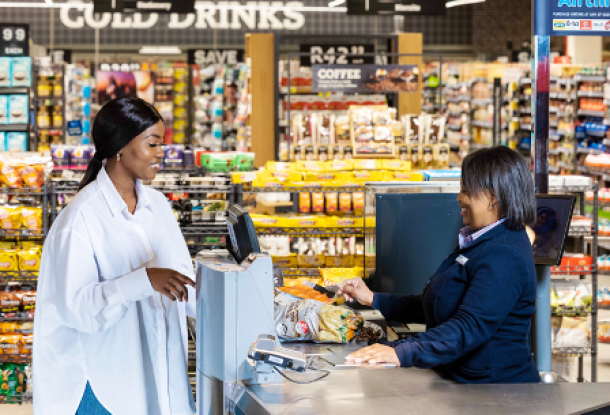Facebook gives users more ways to 'like' retailers
A new collection of five emojis created by Facebook gives users of the social media platform new ways to express themselves that could have huge implications for retailers.
Facebook has released “Reactions,” a set of five emoji that expand upon the “Like” button. The new emoji are small icons representing “love,” “haha,” “wow,” “sad” and “angry.” Users will be able to respond with the expanded set of emotions to all posts, including advertisers, pages and accounts. The emoji will not be placed in Facebook-owned social products such as Instagram, at least for the time being.
Reactions will work on both the mobile and desktop versions of Facebook. Mobile users will see the emoji pop up when they touch the Like button, while desktop users will see the emoji when they hover over the Like button or click on it. Interestingly, one emoji that was piloted, “yay,” did not make the final cut.
One very interesting aspect of Reactions for retailers and brands is that there will be no option to turn the emoji off. Facebook was concerned the user experience could become diminished or even confusing if emoji were not universally available. Thus retailers need to start creating strategies to handle how this expanded set of emoji will affect their Facebook customer engagement activities.
Mobile consumers in particular will have an easier time expressing negative emotional responses to retailer posts. In general, consumers who may not bother writing a negative comment may be encouraged to simply click “sad’ or “angry,” and “haha” could also be negative depending on context.
On the plus side, it would also be easier for consumers to express positive emotions in response to retailer posts. And overall, the emoji will allow deeper insight into consumers’ emotional feelings about a retailer’s products and actions, with the chance for quick remediation if needed.
“We understand that this is a big change, and want to be thoughtful about rolling this out,” said Sammi Krug, Facebook product manager, in an official blog post. “For more than a year we have been conducting global research including focus groups and surveys to determine what types of reactions people would want to use most. We also looked at how people are already commenting on posts and the top stickers and emoticons as signals for the types of reactions people are already using to determine which reactions to offer. We will continue learning and listening to feedback to make sure we have a set of reactions that will be useful for everyone.”
News Category
- International retailers
- On the move
- Awards and achievements
- Legislation
- Wine and liquor
- Africa
- Going green
- Supplier news
- Research tools
- Retailer trading results
- Supply chain
- Innovation and technology
- Economic factors
- Crime and security
- Store Openings
- Marketing and Promotions
- Social Responsibility
- Brand Press Office
Related Articles
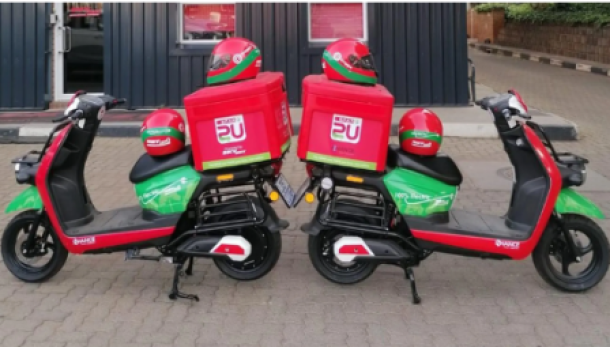
Two local businesses see a gap as food and groc...
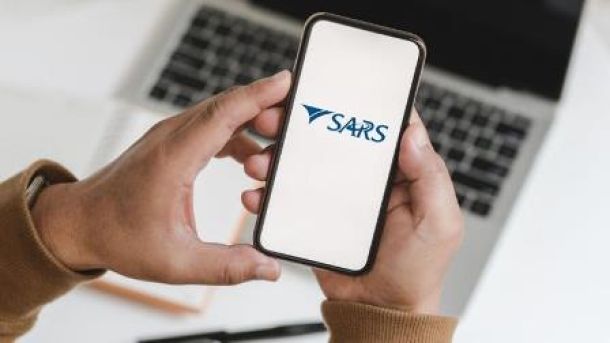
SARS launches WhatsApp channel to help check ta...
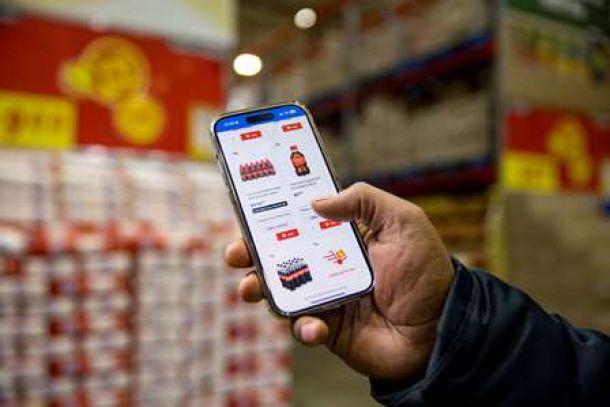
Shoprite launches online shopping and bulk deli...
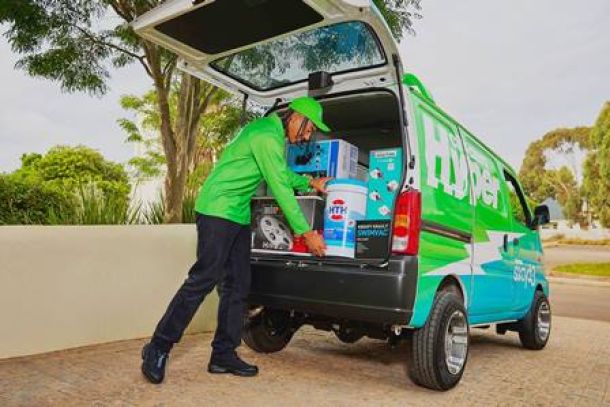
Sixty60 promises lightning-fast delivery of 10 ...
